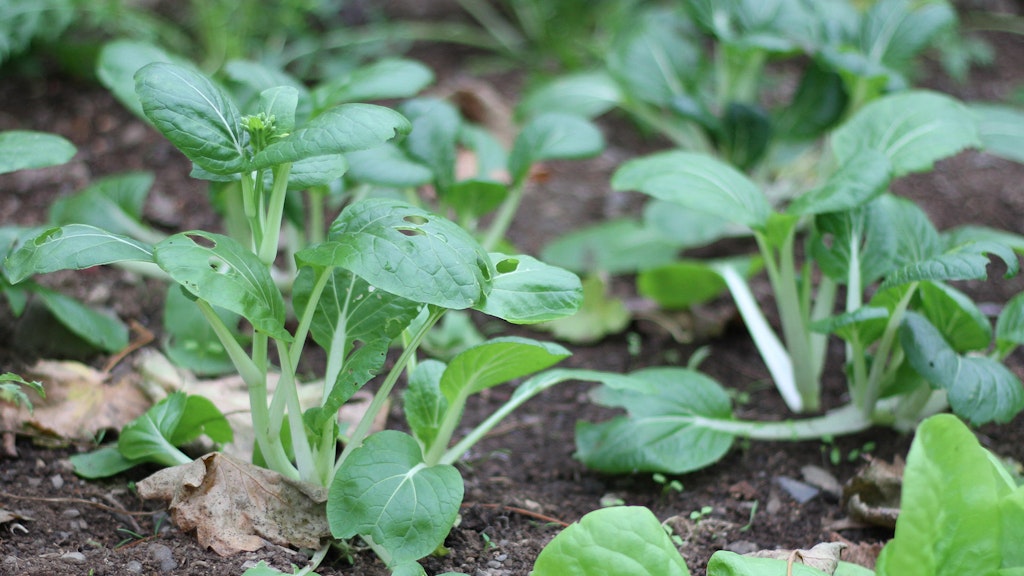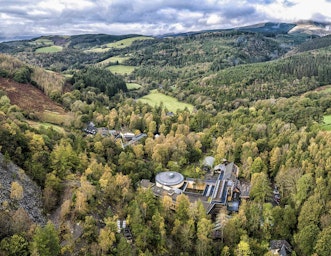
Gardening on the Wild Side with CAT Gardener Petra
November 22, 2019Home » Gardening on the Wild Side with CAT Gardener Petra
With ever increasing loss of species and biodiversity worldwide, can we look to our own green spaces to try and make a difference? We talked to CAT gardener Petra about how to make any patch of earth or community green space more sustainable and biodiverse.
Below are Petra’s top tips for gardening on the wild side:
1. There’s no need for chemical warfare
Any herbicides and pesticides we add to the environment may not stay where we put them and often have unintended consequences. Let’s keep things in perspective. Is it end of the world if our roses suffer an aphid attack or our patio sprouts the odd weed?
Resorting to a brightly packaged spray bottle full of promises is a short-term solution that has no place AT ALL in a non-commercial setting. It is far more effective to put our efforts towards good husbandry and fostering a balance of prey and predator insect species. So grow flowers, berries, seeds, make compost, have unkempt corners and brash piles! These are the things that bring a natural harmony to the garden.
2. Feed the living soil
A huge part of a garden’s biodiversity is underground in the form of worms, nematodes, insects, fungi and microbes. Caring for the soil is the heart of sustainable gardening.
If the subterranean wildlife is happy, the soil will be healthy, plants will thrive, and positive effects will ripple through the food chain to birds and small mammals. Compost, manure, leaf mould and organic mulches are all great ways to feed the soil and all the creatures in it. Synthetic fertilisers boost plant growth spectacularly, but they by-pass this living ecosystem, leading to the soil’s depletion, so compost all you can!
If you have space and time, all waste from the garden can be composted – weeds, leaves, grass cuttings or woody prunings. In my opinion, there is space for a compost bin in the smallest of gardens. Even a balcony has room for a worm bin. It’s important; it’s the heart of the matter!
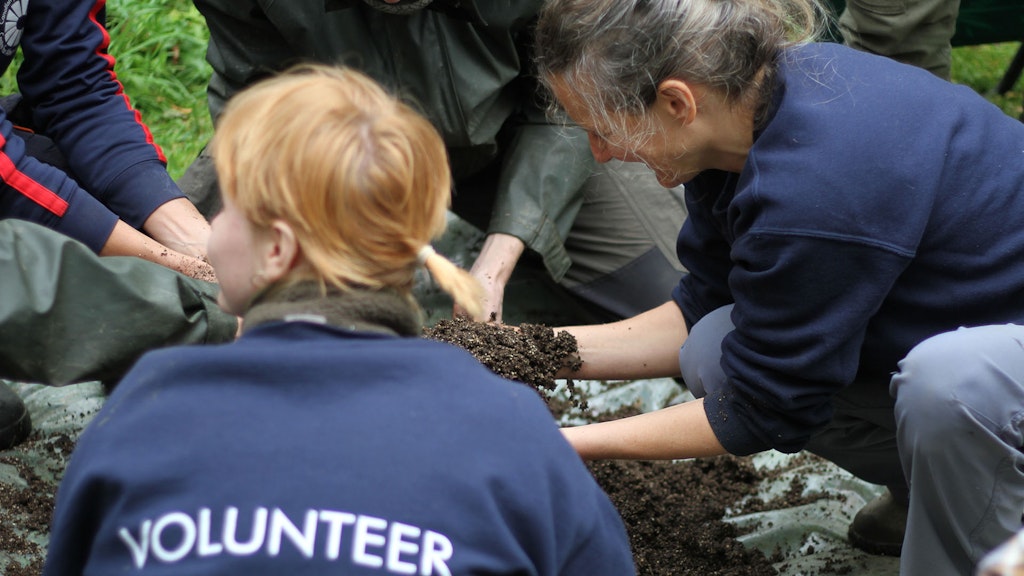
3. Grow your own bird food
Bringing birds into the garden is all about providing food and shelter. We can buy imported bird seed as a treat, but it’s not difficult to provide local produce all year round!
Leave some wind fallen apples for the blackbirds. Grow sunflowers for the seed heads. Don’t prune your summer flowering shrubs until the birds have had a chance to pick off the seeds. And, if you have room, leave teasel standing for the pleasure of watching goldfinches feed in the dead of winter.
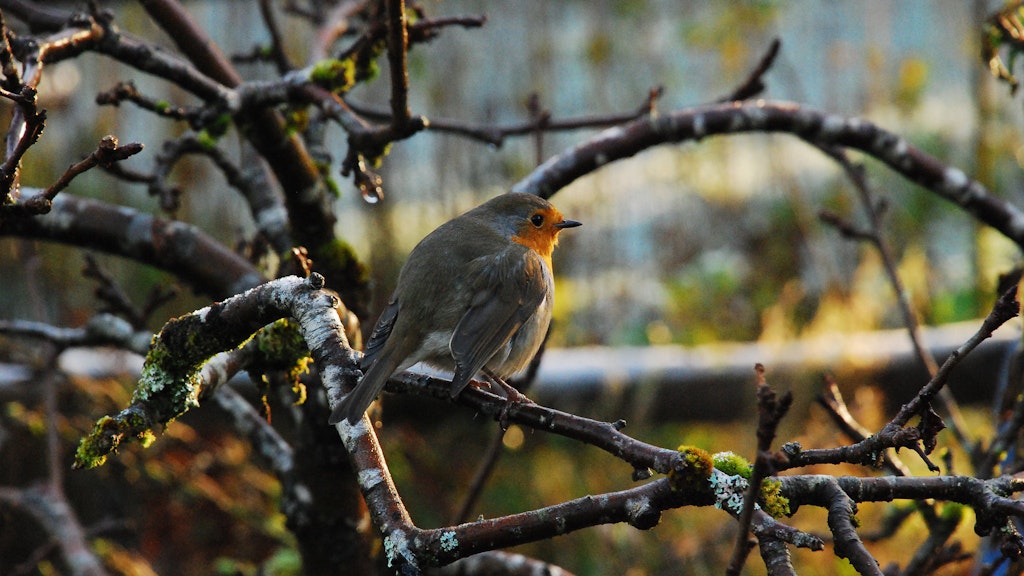
4. Venture into seed saving
As well as being highly nutritious to wildlife, seeds contain the genetic code for future generations. They are the store house for plant diversity, and this store house needs to be well stocked to cope with an uncertain future. Genetic variety makes plants resilient – who knows what forgotten traits may turn out to be useful in a changing climate?
If you don’t already, you could continue the age old gardening tradition of seed saving and help bring heritage varieties back from the brink of extinction. I am a beginner myself, and I am finding it an exciting way to learn more about plants I thought I knew. Sue Stickland’s ‘Back Garden Seed Saving’ book has been an invaluable guide, as have Real Seeds.

5. Practice selective weeding
While in the throes of weeding let’s remind ourselves that many of our most demonised weeds are important native food plants for wildlife. Nettles feed ladybirds and butterflies (and people!). Ivy’s autumn flowers and winter berries make a great in food source for pollinators and birds in times of scarcity. Brambles provide shelter, nectar, berries! Common ragwort attracts moths and butterflies and supports over 200 species of invertebrates. Dandelions… I could go on!
Suffice to say weeds have a place in the ‘wild’ garden and in a gardener’s affections. See their qualities and values. Find ways to incorporate them into your schemes. Some, like the afore-mentioned teasel or hemp agrimony, do not look out of place in an herbaceous border. Nettles and the mighty bramble could ramble around the compost bin. And what’s wrong with some early dandelions in the lawn?
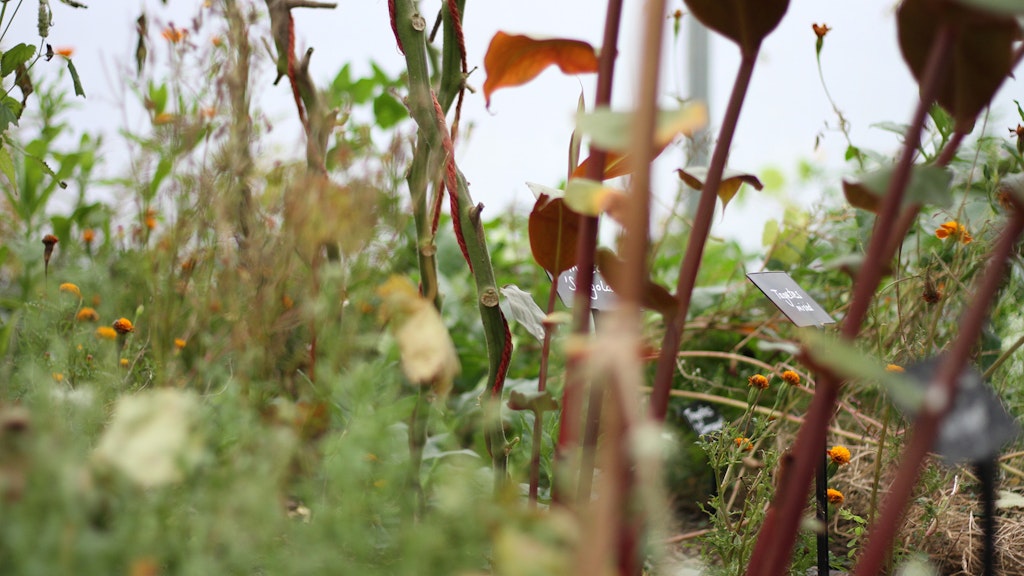
6. A lawn need not be a mono crop of rye grass mown to within an inch of its life!
Take a relaxed approach to lawn care, let it grow a bit longer and have some flowering ‘weeds’ in it. Just banish sprays and fertiliser and a habitat will develop amongst the moist roots and nectar laden daisies. If you don’t need the open space for children’s games or deckchairs, you could consider going the whole hog towards a wildflower meadow.
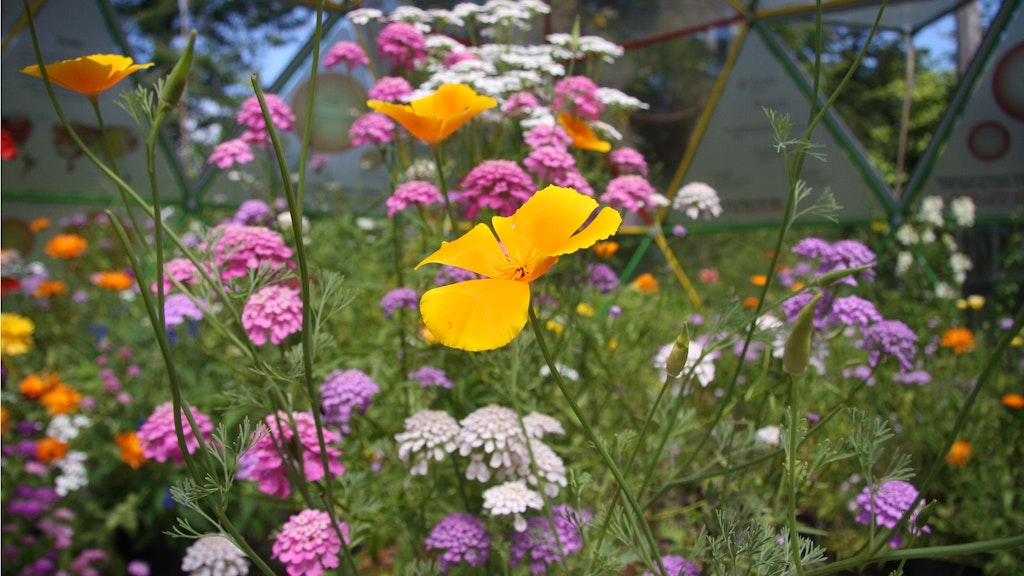
7. Make a pond
A pond, no matter how big or small, adds a whole new habitat to any garden. Send out an open invitation to frogs, toads, newts, pond skaters, dragonflies. Importantly, ponds also provide a place to drink. Watching a wasp bring its tiny mouth to drink from the surface of an urban pond was an eye opening moment for me. Bees, birds, hedgehogs – they all need to drink!

8. Minimize hard landscaping
Speaking of hedgehogs, if you are lucky enough to be choosing the elements of a new garden, take wildlife habitat and flow into account.
Is there freedom of movement at the boundaries? Is there room for a hedge instead of a fence or wall? How much paving does one garden really need? These elements make a big difference to how welcoming our gardens are, and whether back gardens can connect up to become a bigger haven.
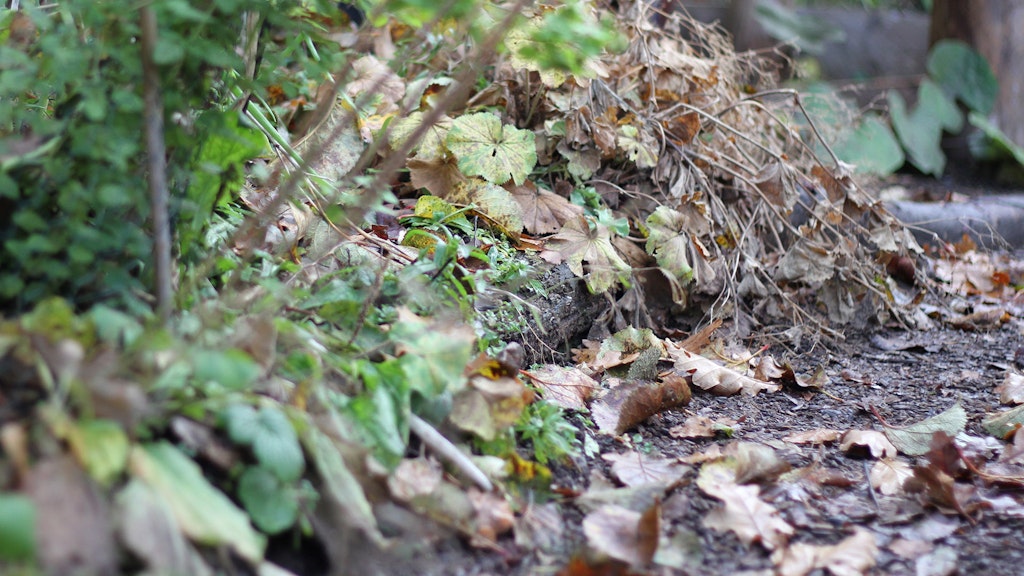
9. Trees for the bees
When choosing a tree or shrub to plant, pay attention to the pollen and nectar sources you have already in your garden and neighbourhood. Are there any hungry gaps when bees would travel further afield? This kind of observation takes time, so you could just focus on extending the flowering season. Willows, for example, provide essential nourishment in March when groggy, hungry bees are just emerging. Early flowering fruit trees are good too.

About the author
Petra has been managing the garden displays and helping the biodiversity flourish in the CAT gardens since 2015. When she’s not pruning the apple trees and experimenting with chickpea and lentil crops, Petra can be found improving and planning new interpretation for the gardens, and leading university and school groups on garden tours and volunteering days.
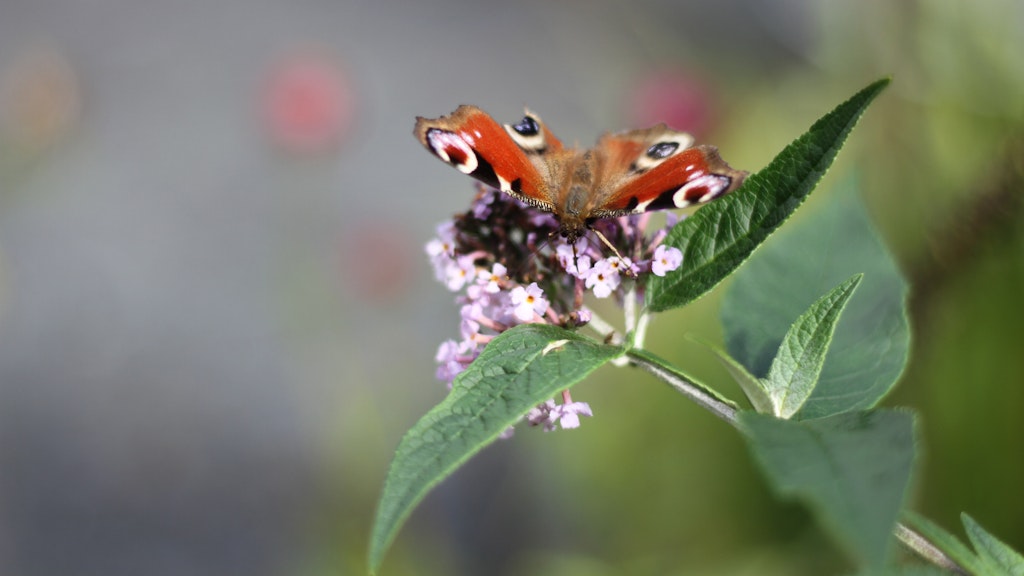
Get involved!
You can learn more about organic gardening, permaculture, ecology, woodland management and more on one of our day or short residential courses. For the full range of activities on offer, visit our website.
- Volunteers and Employees
- Food
- Gardening and Agriculture
Related Topics
Related Pages
Related news


Changing how we think about food
23rd May 2024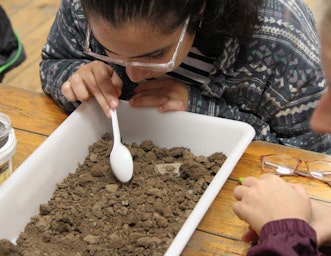
Why we teach… soil health assessment
5th December 2023
The climate crisis on our coastline
28th April 2023ENews sign up
Keep up to date with all the latest activities, events and online resources by signing up to our emails and following us on social media.

